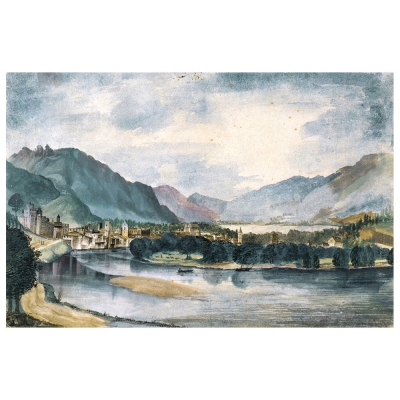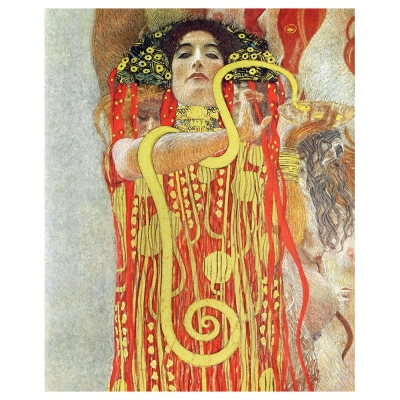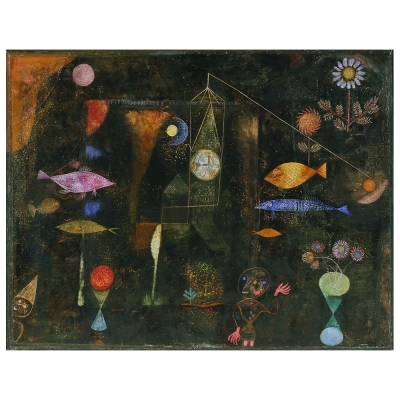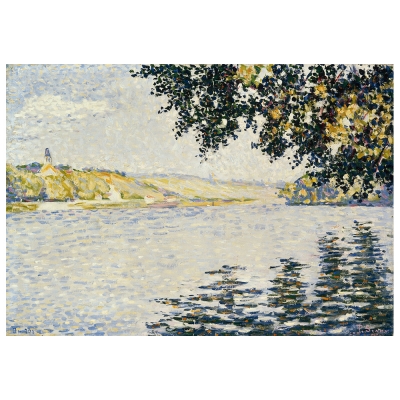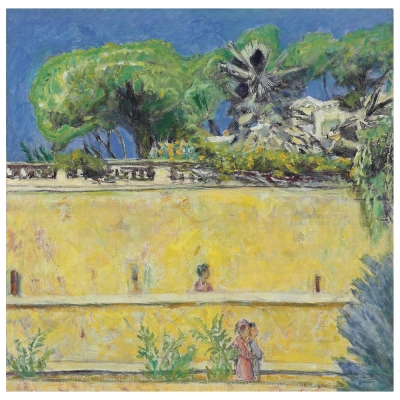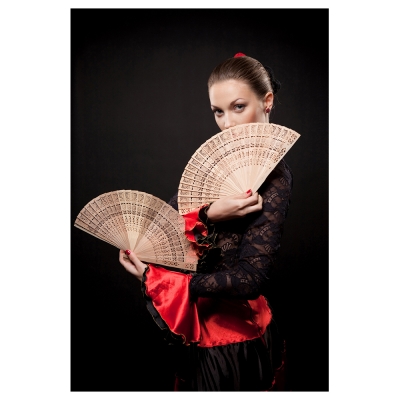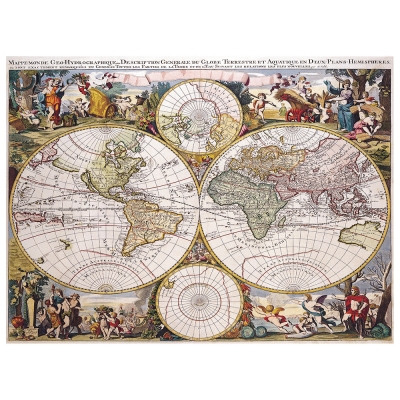Camille Pissarro, one of the most authoritative Impressionists

12/07/2019
Certainly less known than his colleagues Cézanne, Renoir, Manet and Gauguin, Camille Pissarro (Jacob Abraham Camille Pissarro) was an Impressionist painter born on 10 July 1830 in Charlotte Amalie and although he was less famous than the other Impressionists of the time, he was in fact one of the most authoritative painters of that period which gave us many important artists and works.
Born in a family of Jewish origin, Camille Pissarro showed an interest in painting since he was a child, and although his father tried to dissuade his son from wanting to deepen his studies in this direction, sending him to study something else in Paris, the artist, thanks also to his meeting with Fritz Melbye, decided to devote himself entirely to art.
Studies at the École des Beaux-Arts and the Académie Suisse
After leaving the Antilles and living for a period in Venezuela, Camille Pissarro moved to Paris, where he attended the École des Beaux-Arts and the Académie Suisse, but he soon began to consider the academic discipline as humiliating and sterile, then he approached the painting of Charles-François Daubigny, Courbet, Corot and Jean-François Millet.
During these years the artist also had the opportunity to get to know Armand Guillaumin, Claude Monet and Paul Cézanne in depth, artists who, like Camille Pissarro, were intolerant towards academic conventionalism and the typical artistic dictatorship applied by the Salons, where the works to be exhibited were submitted to a jury and only those that respected traditionalist dogmas could be admitted.
Pictorial styles and sources of inspiration of Camille Pissarro
As mentioned above, Corot, Courbet and other painters attracted the attention of Camille and in fact in his works you can see their influence, rich in chromatic stimuli and brightness. However, unlike other Impressionist painters, Camille Pissarro devoted himself mainly to rural environments, cities, and life, representing in his canvases subjects that others did not consider or the change that was occurring at that time in Paris: the population that grew steadily, traffic, and landscapes of all kinds, rich in subjects, as can be seen in "The Boulevard Montmartre at night", "Road to Versailles", etc.
Approaching Pointillism
Although like the other Impressionists of the time Camille Pissarro loved to paint en plein air, for a while the artist approached Divisionism and Pointillism, throwing himself into these new experiments that can be seen by observing works such as "Lacroix Island", "Peasant woman in a field" and "Rouen, fog effect".
However, since the Divisionist technique requires a rather theoretical approach and quite long gestures, Camille decided to return to his old Impressionist technique, continuing to express and represent the vital contact he established with nature, through energetic brushstrokes that were rich in nuances, a technique consolidated more than ever thanks to the study of the Divisionist technique.
Camille Pissarro continued to live in Paris and dedicate himself to art until the end of his life, that is until 13 November 1903, when he died at 73 years old in the French capital.
Article by: Aurora Caraman

